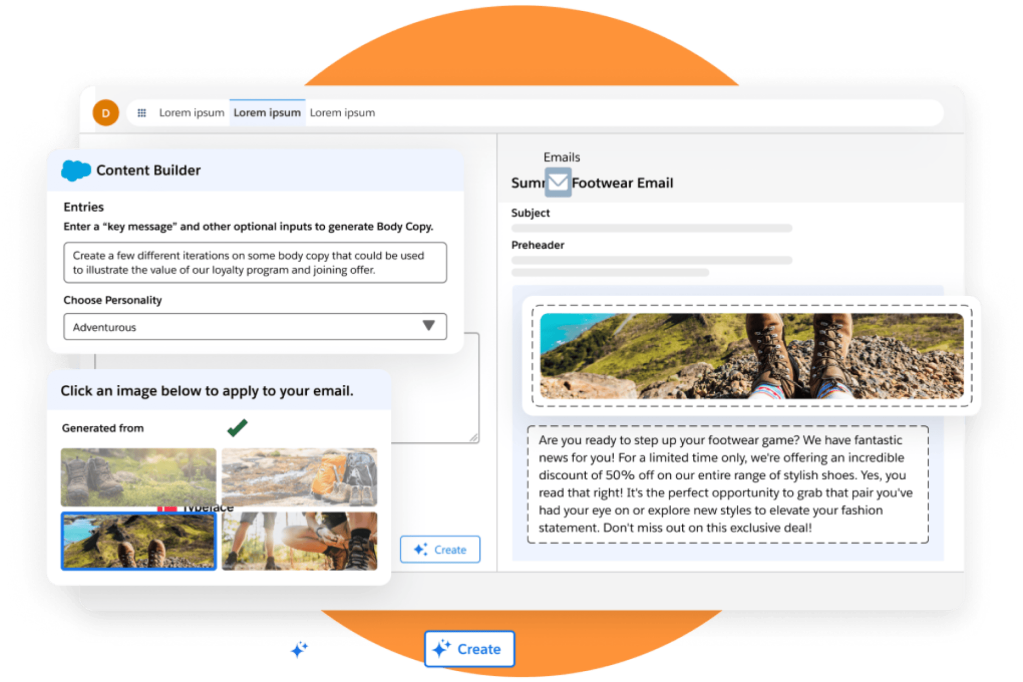



Mobile marketing has been taken to the next level with geofencing, which gives companies the ability to advertise specifically to potential customers within a certain geographic radius. Geofencing constructs a virtual boundary around a business location using a combination of technologies, including:
- GPS
The Global Positioning System is a network of satellites orbiting the earth that can triangulate an individual’s location to an accurate degree. - Radio frequency identifiers
Bluetooth technology contains small computer chips that use radio wavesto connect with each other.

Beacon technology works with location services in smartphones and alerts apps when you approach or leave a location. It uses a Bluetooth signal that can tell when you’re close to a beacon, such as a checkout counter in a retail store.
While geofencing has actually been around for a while, the popularity of smartphones and mobile devices now makes it incredibly valuable as a marketing tool for business owners.
Geofencing offers a world of possibilities for mobile users, from interactive shopping lists (and reminders to pick up milk) to home security systems, garage door openers, automatic coffee pots, limited-time offers for your favourite restaurant or a suggestion for a new restaurant you haven’t tried before. For marketers, the focus is on push notifications and mobile advertisements that can be tied to a business location.
There is no doubt that hyper-targeted, location-based marketing is going to be the next big thing in digital marketing. Now is the time to get started. Let’s first look at the benefits of geofencing and then we’ll discuss how you can be a proactive marketer with this technology.


See the top trends in data, AI and more — from nearly 5,000 marketers worldwide.
See Mobile Studio in action.
Build and automate personalised mobile interactions including SMS marketing, push notifications and group messaging.
3 Benefits of Geofencing for Marketing
It’s clear that geofencing is a powerful tool, but perhaps one of the biggest beneficiaries is online marketing, since it allows marketers to take their efforts to a new, localised level. Here are some of the benefits of marketing with geofencing.
- Enhance Local Sales
Local optimisation or the ability to rank high in local searches, is extremely valuable for most businesses (and their SEO). If you are making efforts to improve your local performance, you need to look into geofencing. Since it is a location-based system, you can target local customers in a defined geographic area. One way to do this is by sending promotions via push notifications to customers in your area. You can easily change promotions each day or have limited-time offers that will lead to increased sales from local customers. - Increase Analytics and Tools for Metric Analysis
Local sales can be difficult to measure. What is it that brought a customer into your shop? If you don’t have the chance to survey every customer who walks through your door, this can be difficult to connect to your online efforts. However, if customers are coming in with your promotions from geofencing, there are a number of metrics you can measure, including their sales, how long they are in your store and how often they visit your business. All of this can be valuable information that adds depth to your analytics. - Provide Personalisation for Customers
Another benefit of geofencing is that it allows you to collect data in order to personalise customer offers. It gives you demographics about the local population, including what kind of offers interest them and get them in your store. If you look at purchase history and realise that local customers prefer a certain product, you can alter your promotions accordingly.

How to Implement Geofencing into Your Marketing Strategy
Getting started with geofencing is easy: All you need is an app and GPS co-ordinates. As I mentioned earlier, this is not something that every customer has the capacity to use on their phone (not yet, at least), so take proper steps to inform your current social audience that you are now actively putting out geofencing promotions.
The key to implementing geofencing is being proactive. Consider all of the typical aspects of your existing marketing strategy before you launch, including the following:
Know Customer Demographics and Insights
Before you begin marketing with geofencing, make sure you understand customer demographics and who your local customers actually are. This helps ensure that the promotions you use are, in fact, the ones that are going to be most successful and get the kind of results you want.
Keep it Close
You do not want to have your geofencing area too large. In fact, the general rule is a four-to-five minute travel radius. If you are in a city where most people walk from point A to point B, then this means you want to keep it a four-to-five minute walking radius; alternatively, if most people drive, a four-to-five minute transport distance is the maximum to be successful.

Immediate Action
Make sure your call to action (CTA) is clear and requires immediate action. The goal is to advertise in a way that is going to get people into your location immediately.
Respect Privacy
Be transparent with mobile customers. Let them know how you have access to their information, especially when it’s through the app they use. Give them confidence to interact with your app and location-based marketing and help them to feel comfortable returning in the future.
Targeting Techniques
Context targeting, day-parting, content targeting and retargeting are a few of the targeting methods that you can implement with geofencing. These options let you customise and target multiple specific audiences.
Tools and Analytics
Optimise your campaigns. There are several tools for optimising your geofencing and looking at analytics will help you refine your efforts.
The Takeaway
Although it is slowly gaining popularity, it is best to start using geofencing now to learn more about your local demographics, increase sales and run effective location-based marketing campaigns.




